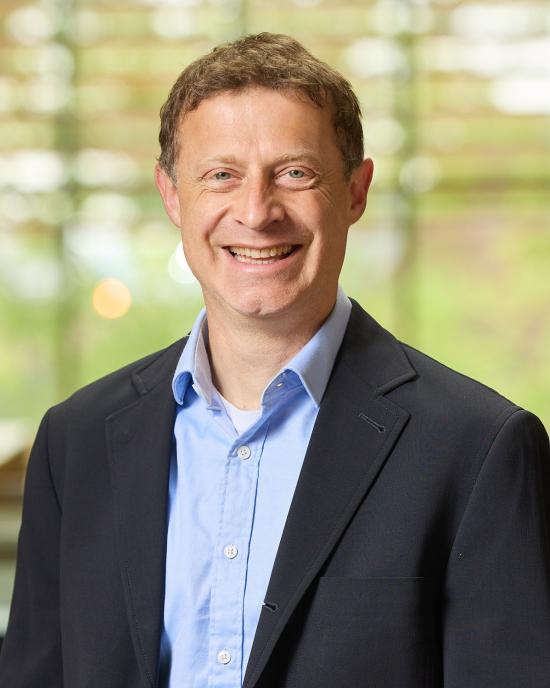Publication
Factors driving natural regeneration beneath a planted urban forest
On This Page
Cities around the world are investing in urban forest plantings as a form of green infrastructure. The aim is that these plantations will develop into naturally-regenerating native forest stands. However, woody plant recruitment is often cited as the most limiting factor to creating self-sustaining urban forests. As such, there is interest in site treatments that promote recruitment of native woody species and simultaneously suppress woody non-native recruitment. We tested how three, common site treatments-compost, nurse shrubs, and tree species composition (six-species vs. two-species)-affected woody plant recruitment in 54 experimental plots beneath a large-scale tree planting within a high-traffic urban park. We identified naturally regenerating seedling and sapling species and measured their abundance six-years after the site was planted. This enabled us to examine initial recruitment dynamics (i.e. seedlings) and gain a better understanding of seedling success as they transition to the midstory (i.e. saplings). Seedling and sapling recruitment (native and total) was greater in areas with higher canopy cover. The combination of the nurse shrub treatment with compost and species composition (six-species) treatments increased seedling recruitment by 47% and 156%, respectively; however, the nurse shrub treatment by itself decreased seedling recruitment by 5% and native seedling recruitment by 35%. The compost treatment alone had no effect on the total number of recruits but resulted in 76% more non-native seedlings. The sizes of these treatment effects were strongly dependent on whether the forest plantings were in open areas, versus areas with existing tree canopy, the latter condition facilitating recruitment. Our findings therefore suggest that combinations of site treatments, paired with broad canopy tree species, may be most effective for promoting regeneration of native species resulting in more self-sustaining urban forests.


